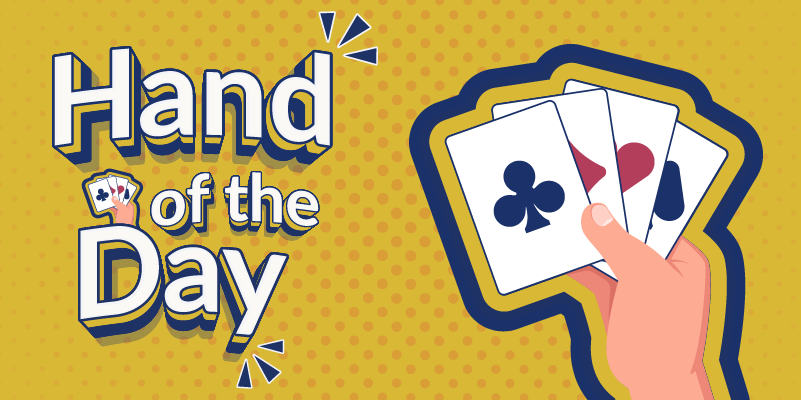



This conundrum was written by Julian Pottage and was originally published in the book Defend or Declare - you can find out all about it further down the page.
Opening Lead: ♥K
You can guess how the early play went. East followed with the ten on the first heart. West continued with the ace and East played the nine. West switched to the ♦10.
It looked like East’s ♥9 was a suit-preference signal for diamonds; in any case, there was no reason why West would underlead the king-queen, so up went the ♦A. After that came a couple of rounds of trumps. The bidding and early play made it clear that trying to get rid of a club from dummy on a heart, which would require a 3-3 heart break, was hopeless. Trying to set up the ♣Q for a heart discard was a much better bet. This was true even though a count of points made it highly likely that West, the opening bidder, held the ♣K.
Declarer continued by cashing the ♣A and ducking a club to West’s jack. After ruffing the diamond continuation, declarer ruffed a club, pleased to see the king appear. Dummy’s third heart duly went on the ♣Q. Can the defenders do any better? If so, does declarer have a counter?
The play as it went had some good moves on both sides but lacked the necessary refinement in the club suit. To make the game you do indeed need to set up a second winner in the suit while keeping East off lead.
When the first play in the club suit is the ace from dummy, East should drop the ten to signal possession of the sequence and West should unblock the jack. Now East can insert the eight or nine on the second round to leave you with only losing options. If you duck, the wrong defender will be on lead. If you cover, you do not get to set up a fourth-round winner.
To leave the defenders no winning option, you need to start clubs from hand. Best is to win the first round of trumps in hand and play a club. If the jack appears, you let it hold. If not, you win with the ace and then duck on the second round.
An unusual problem format, it gave the reader all four hands and challenged them to analyze the deal and decide whether they wanted to play or defend. This sequel comprises 72 problems, presented in the same unique fashion, and will appeal to the same readership.



